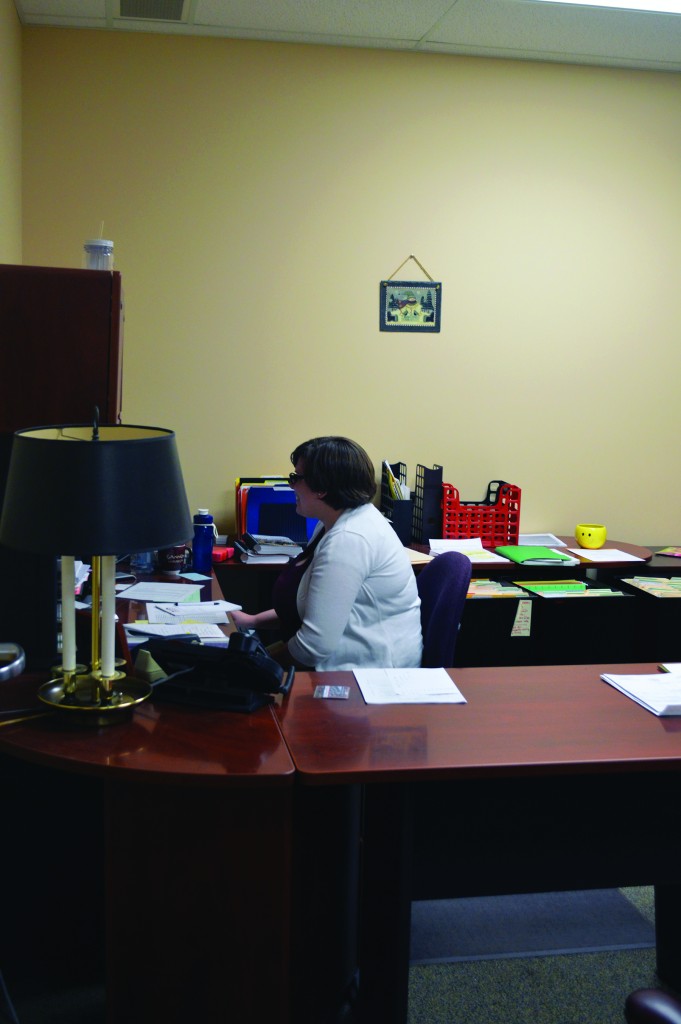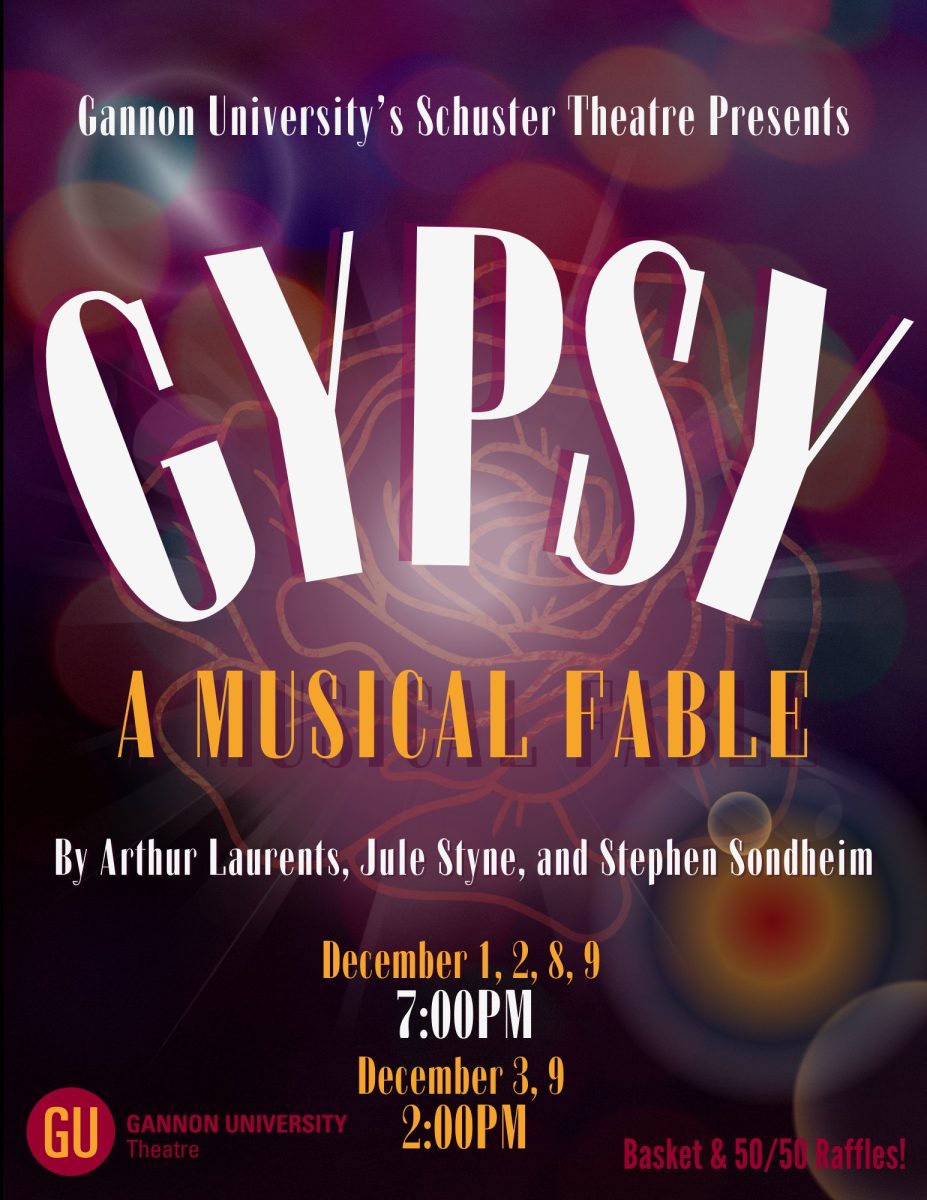The voices and opinions of Gannon University students are taken into consideration each semester by performing teacher evaluations.
These evaluations are given in each course at the end of every semester and through these evaluations, the quality of teacher performance can be greatly improved, administrators say.
With questions regarding the students’ overall view of the class and what should be improved, these evaluations give staff the basic foundations of what should be changed within a certain course, if necessary.
Although the students only see the general course evaluations, teachers are subject to much more.
Linda Fleming, Ph. D., dean of the College of Humanities, Education and Social Sciences, said that all teachers are subject to these evaluations.
“Course evaluations are required for all courses and instructors per the Institutional Policy Manual (IPM),” Fleming said.
The IPM also requires all permanent faculty members to be evaluated every spring by the department chair and dean. These particular summative evaluations cover teaching and advising, scholarship and professional development and service to the university, community and profession.
These evaluations prove that faculty and staff are responsible for more than just teaching students. They are responsible for being useful resources for students on nearly any topic necessary.
Fleming also said that there are incentives for faculty and staff to perform well on the evaluations.
“Faculty raises are based on the larger summative evaluations,” Fleming said.
Along with incentives for positive performances, Gannon also takes negative comments from the students into consideration.
If there is a consistent issue found in the evaluations by the students for a certain course, the chair of the department will work with the instructor in order to find a way to solve the problem.
A poor evaluation can lead to the instructor meeting with his or her department chair or dean to find the source of the problem and try to improve it for the next semester. The goal of this is to help the teacher improve, so this process is usually done informally.
Emily Ginser, a freshman athletic training major, said that she is glad Gannon takes the feedback of the students into consideration each semester.
“I think it is important to use this information in order to improve courses and increase the quality of learning,” Ginser said.
Gannon looks at the evaluations filled out by the students broadly. For example, if one student has a complaint about a certain instructor or course, those problems are not usually addressed, but if there are a large number of students with the same type of complaint, it becomes a bigger concern.
When this happens, the first step is usually to hold a meeting between the faculty member and his or her department chair.
If the problem were to continue or get worse, the second step is the dean’s involvement.
Fleming also said that students will occasionally come to the dean’s office with a problem or complaint.
From there, the student is usually referred to the faculty member or the department chair to discuss the problem further.
HARLEE BOEHM
[email protected]











